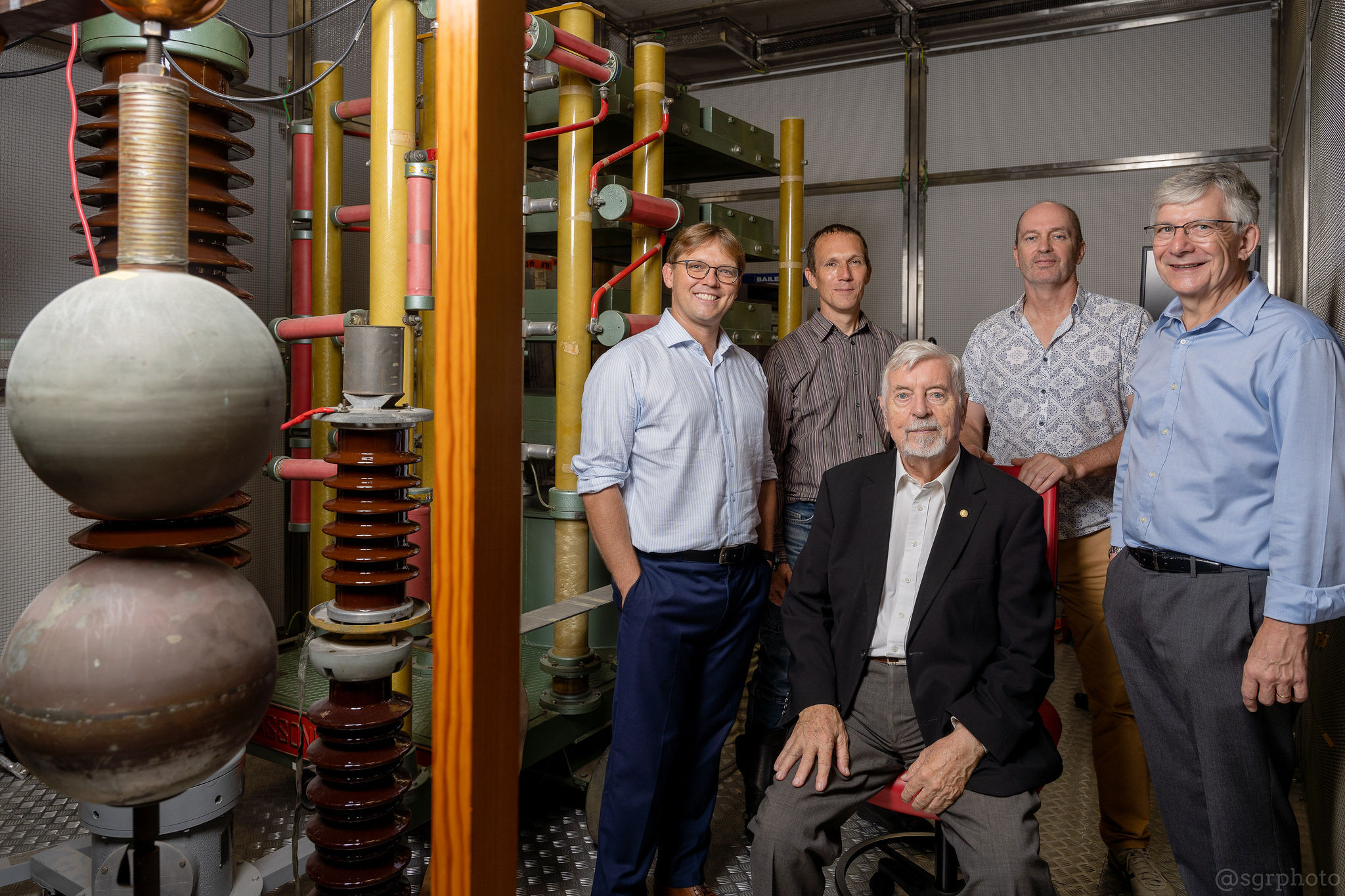Last week, Cambridge University Press, in collaboration with Hindawi, published a special issue of thirteen scientific papers advancing the field of hydrogen-boron fusion as a new clean energy source. The editorial headlining the special issue describes the origins of the field as the theoretical physics work by Emeritus Professor Heinrich Hora since the 1970’s at UNSW Sydney and more recently through his company HB11 Energy.
This field is now global, with contributions to the special issue coming from 88 researchers, many from the PROBONO project spanning 27 countries. This COST Action was recently formalised by European Cooperation in Science and Technology (COST) program led by key HB11 Energy partners in Europe, including its Lead Scientist, Professor Dimitri Batani, who is also the leading guest editor of the special issue.
It seeks to advance new hydrogen-boron fuelled laser fusion energy technologies, employ and develop the world’s best talent, invest in laser fusion research projects, and mobilise a global network of the world’s best minds in the field.
Critically, it will also consolidate and accelerate a growing global movement to shift beyond the use of deuterium-tritium (D-T) fuelled laser fusion and instead look to hydrogen and boron as fuel.
This shift will allow the global fusion industry to bypass many of the safety and engineering challenges in studying fusion, and also major roadblocks in realizing economically viable energy generation. The consortium’s resulting new research analyses novel approaches to laser-driven hydrogen-boron fusion energy and the applications of high-brightness alpha-particle sources, including research by the world’s leading physicists on HB11 Energy’s Scientific Advisory Board:
- Fabio Belloni, nuclear physicist at the University of New South Wales, who has shown that by exploiting suprathermal effects, proton-boron fusion can be achieved at lower temperatures than previously thought opening the possibility of ignition and fusion burn.
- Thomas A. Melhorn, presented a roadmap to exploit these new effects in a scheme to achieve nonequilibrium thermonuclear burn as a novel strategy to achieve net-energy gain and economically viable fusion energy.
Until now, the scientific community at large has been mostly focussed on deuterium-tritium (D-T) fusion (as was used by the National Ignition Facility in demonstrating laser fusion net-energy gain) because the high temperatures required to achieve fusion were much lower than for hydrogen-boron fusion.
However, D-T fusion produces large numbers of high-energy neutrons that are the cause of potential human harm because they interact with other materials and produce radioactive waste.
When lasers are used to trigger a hydrogen-boron fusion reaction, it does not possess these same issues which is why, in contrast with many of its peers, HB11 Energy remained focussed on this as a potential source of clean, affordable, and abundant energy production.
It is also why HB11 Energy is now mobilising some of the world’s greatest minds to join the movement.
According to HB11 Energy, the National Ignition Facility’s net energy gain breakthrough, which also observed non-thermal equilibrium effects, brings greater focus to the possibilities of laser fusion and what it can achieve, particularly with the many greater benefits of using hydrogen-boron-11 as the fuel.
Dr Warren McKenzie, founder & Managing Director of HB11, said: “It is a great honour to us all at HB11 Energy to have our world-leading researchers be recognised for their significant scientific developments towards hydrogen-boron fusion energy generation – an approach previously thought by many to be impossible. We are now one step closer to making the 1970’s theories of our cofounder Professor Hora a reality.
“With hydrogen-boron-11 (“HB11”) fusion, the days of nuclear reactor meltdowns or waste may be behind us. As our closest allies, the US, Japan and UK launch their fusion strategies, we expect the world’s governments can be confident in passing new regulations to enable the proliferation of safe fusion energy.
“The technology pathway to a functioning HB11 fusion energy reactor is significantly less complicated, and therefore shorter and much less expensive than any other proposed method of fusion energy. So HB11 Energy’s technologies could create the world’s most economic, lowest-carbon source of abundant energy, that is actually safe.”

